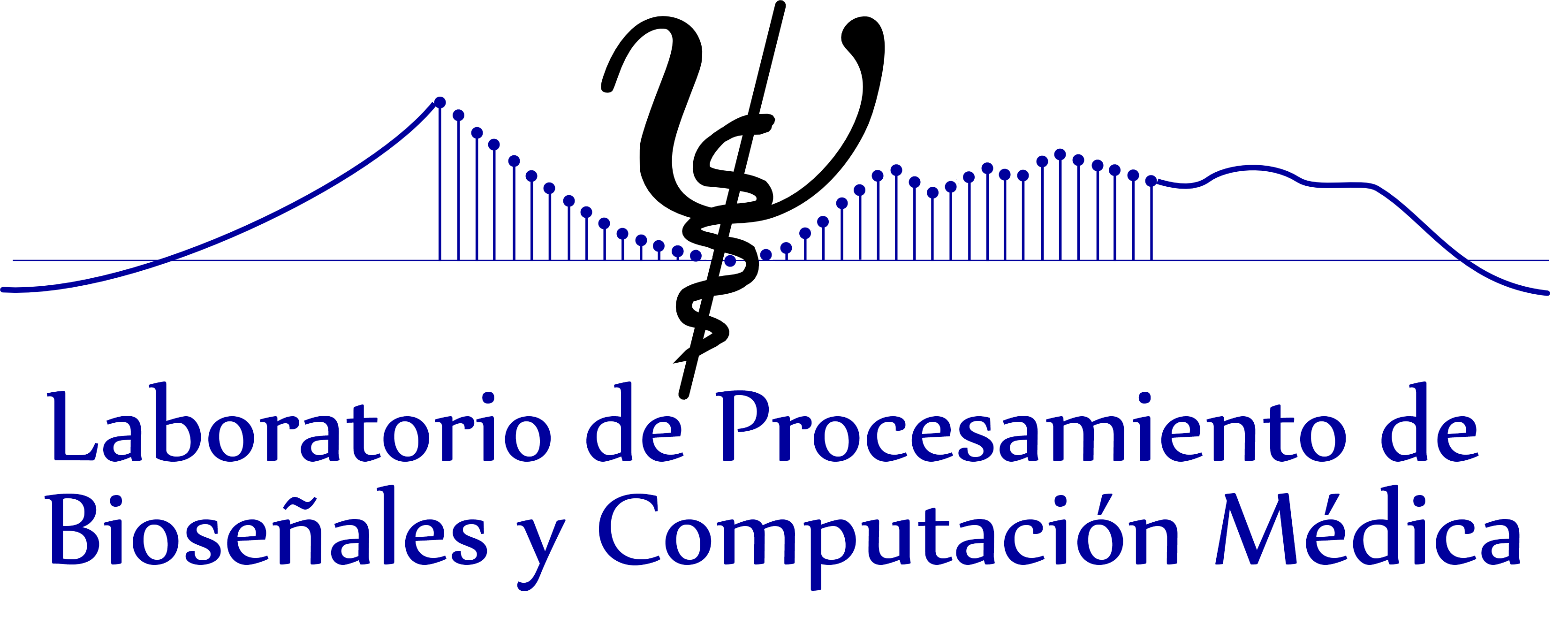I Mexican Symposium on NIRS Neuroimaging (MexNIRS) 2017
GLOBAL NIRS: SEE BRAIN, SEE GLOBAL
Page Contents (hide)
News
- Abstract book: The abstract book of the symposium is available for download.
- Handbook: The handbook of the symposium is available for download.
- Streaming: Under permission of the speakers, the sessions from the symposium will be streamed online. Please find here the instructions to connect to the streaming service.
- Oral talks: Invited talk slots are of 30 minutes. You shall have 25 minutes talk and 5 minutes for questions. Contributed talk slots are of 15 minutes. You shall have 10 minutes talk and 5 minutes for questions. However, in both cases some flexibility on this distribution (but not on the total time) may be given by the session chair. Projection is by default on a wide (16:9) format, but we can also project at regular (4:3) format. If the latter is your preference, do let us know either in advance via e-mail to mexnirs@inaoep.mx or at the registration desk any time before your session starts. You will be presenting from a podium where you can have your notes or computer in front of you. We can provide connection to VGA or HDMI for PC. Alternatively, you can use the PC on the auditorium. If you need a connector for a Mac please do let us know as soon as possible. Available software for presentation is Microsoft PowerPoint (.ppt or .pptx) or Adobe Reader (.pdf). The podium has a microphone, but if you prefer some mobility while delivering your talk, a clip-on microphone will be available. An optical pointer will also be available. In addition to your laptop or device, you are recommended to bring your talk in an USB flash memory for back up. Remember that you can also have a poster on the second day of the symposium if you want to expand on your talk. If you still haven't let us know about whether we can stream your content, please do so as soon as possible.
- Poster information: Posters boards are 1m wide x 2m tall and your poster must fit in. Poster boards are of the metallic grid style (not a cork board), so one piece posters maybe easier to hang. We will provide clips. Works accepted for posters presentation can set up their posters on Friday, October 20 and may remain in place until the end of the conference. Works accepted for oral presentation, if wanted, can further exhibit a companion poster but can only set up their posters on Saturday, October 21.
- Earthquake: The past Tuesday, September 19, Cholula and Puebla were hit by an earthquake of intensity 7.1 in the Richter scale. The earthquake has unfortunately claimed over 300 lives and severely affected Puebla and Mexico City. Our thoughts are with those who have lost a dear one, lost their homes or been affected by the quake in one way or another. However, INAOE facilities have not been seriously affected. We are glad to confirm that MexNIRS symposium won't be altered.
- Registration: Registration is now open. For further information about the registration, including information about fees, please go to the registration page. To register, please proceed to the online registration form.
- Dates: Abstract submission deadline has been extended to July 15th.
- Travel awards: Thanks to our industry sponsors, we are able to offer a limited number of travel awards ($250 each) for students and post-docs presenting original research results. The program committee will select the awards among the submitted abstracts. Please, remember to specify in the submission if you are eligible for the award (first author must currently be a student or a post-doc).

Important Dates
- Abstract submission opens: March 20, 2017
- Abstract submission deadline:
June 30, 2017Extended, July 15, 2017 at 23:59 Pacific Standard Time; UTC -8 - Notification of acceptance:
Aug 11, 2017Aug 25, 2017 - Pre-Registration deadline: Sept. 15, 2017
- Symposium: Oct. 20-21, 2017
Aim
This symposium will provide a unique forum for the Near InfraRed Spectroscopy (NIRS) community to review the current status of global NIRS research in global health projects and discuss the challenges that lie ahead in advancing the technique as a successful neuroimaging tool in resource poor settings.
Call for Participation
With initiatives like the Human Brain Project (Human Brain Project 2016) and the BRAIN Initiative (National Institutes of Health 2016) well under way, the neurosciences are experiencing an unprecedented time of discovery. However, due in large part to the technological limitations of many of the neuroimaging modalities in use, monitoring of the brain has generally been confined to laboratory settings. This has limited the ecological validity of the technologies for functional studies and severely constrained their routine exploitation in clinical settings beyond highly specialized hospitals. While deployment of neuroimaging modalities to remote, underserved and rural settings would involve a number of challenges, its impact for clinical applications and global health—as well as for neuroscientific research—could be substantial. There is a clear unmet need for a neuroimaging tool that can provide objective measurements of cognitive function and that can be used in remote locations. Initiatives like Global fNIRS (globalfnirs.org) have shown that NIRS can fill this very important need. Pioneering research is under way in Gambia, Uganda, India, Guinea Bissau, Côte d'Ivoire, Bangladesh and Colombia, but even with these early encouraging efforts the ordinary use and availability of NIRS for global health applications is far from a reality. Among the challenges that remain to be overcome:
- Challenges related to measurements in low-resource settings: Functional NIRS and neurophysiology NIRS measurements in underdeveloped countries, in rural areas and in the field require special equipment, special training and local support. Applications in these settings range from functional cognitive studies to diagnostic and treatment outcome predictions.
- Mechanical and instrumental challenges: Instruments may require redesigns to meet the particular needs of field measurements. The optics and electronics need to work under challenging environmental conditions while the costs of the instrumentation and optical sensors need to be brought down.
- Socioeconomic and cultural challenges: Going global implies crossing administrative, cultural and ethnographic borders. As the socioeconomic status and habits of the population change so do their living standards. This has implications for the implementation of NIRS technology. More importantly, these socioeconomic differences could affect the human brain and may be quantifiable with NIRS measures.
- Neurophysiological challenges: More studies are needed to improve our understandings of the cerebral hemodynamic evoked responses: for instance, the relationship between hemoglobin changes and neuronal activity and the interference of systemic physiology. In addition, more studies are needed to demonstrate the clinical utility of hemodynamic biomarkers for diagnosis and for neuro-monitoring.
- Basic science challenges: Our ability to correctly interpret results can be limited by any or all of the following: extracerebral contamination, scattering and water concentration assumptions, geometrical approximations, assumptions about a constant flow-volume relationship. Modalities such as time-resolved NIRS or diffusion correlation spectroscopy remain underused.
- Data analysis challenges: Methods to assess signal quality and the robustness of the results, in real time and in the field, are often missing. Standardization of data analysis and probe geometry and the use of head atlases may help to facilitate global adoption of NIRS.
- Educational challenges: The democratization of NIRS neuroimaging requires the implementation of training programs for local health workers, as well as the effective communication of findings so that the benefits are known to the rural communities benefitting from Global NIRS.
We welcome comments about any of these challenges.
Mail alerts
To receive emails regarding abstract submission and registration please make sure you register by sending an e-mail to mexnirs@inaoep.mx with subject “MexNIRS 2017 receive email alerts” and empty body. Also bookmark this website for more details.
